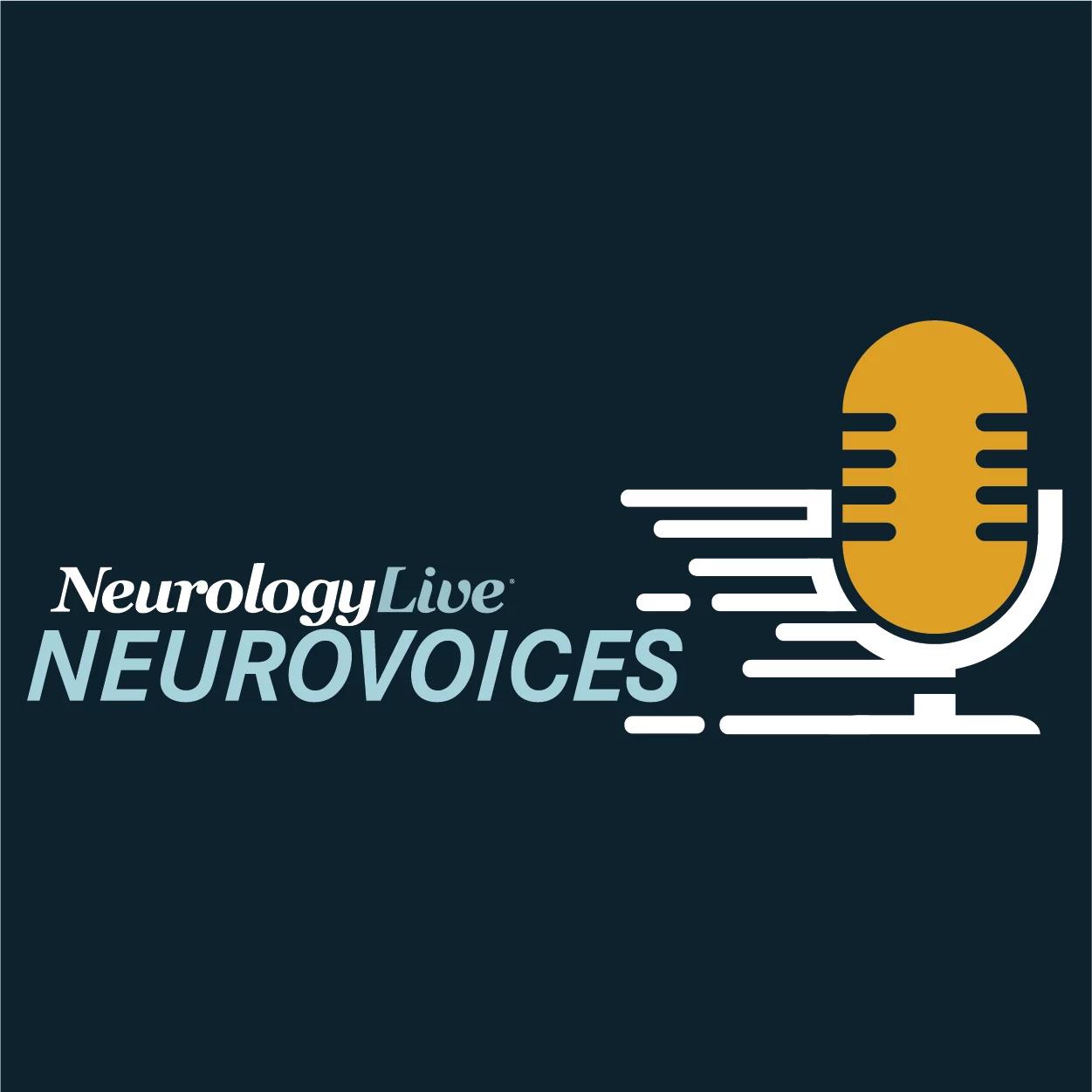Commentary
Video
Considerations to Better Diagnose Nonhemorrhagic Cerebral Amyloid Angiopathy: Andreas Charidimou, MD, PhD
The neurologist and assistant professor at Boston University Medical Center provided forward thoughts on improving the diagnosis of milder, asymptomatic cases of cerebral amyloid angiopathy. [WATCH TIME: 4 minutes]
WATCH TIME: 4 minutes
"Now it’s becoming more relevant to be able to diagnose underlying CAA, even in patients who do not present with overt MRI or clinical manifestations, so that we tailor the antiamyloid treatments and avoid harm in these patients."
Recently published in Neurology, a study aimed to assess the diagnostic performance of the Boston criteria version 2.0 for cerebral amyloid angiopathy (CAA) diagnosis in a cohort of individuals ranging from cognitively normal to dementia in the community and memory clinic settings. To do so, investigators collected data on 45 participants from the Mayo Clinic Study of Aging or Alzheimer’s Disease Research Center who had antemortem MRI with gradient-recall echo sequences and a brain autopsy with CAA evaluation.
Using version 1.5 with histopathologically confirmed CAA as the reference standard, results showed that the sensitivity and specificity of the updated criteria were 28.6% (95% CI, 13.2%-48.7%) and 65.3% (95% CI, 44.3%-82.8%), respectively, for probable CAA diagnosis. For any diagnosis, which included possible and probable CAA, the 2.0 version had a sensitivity of 75.0% (95% CI, 55.1%-89.3%) and specificity of 38.5% (95% CI, 20.2%-59.4%). Overall, the results indicated that the latest updated version was not superior in performance compared with the prior v1.5 criteria for either CAA diagnostic category.
In a recent interview with NeurologyLive®, study author Andreas Charidimou, MD, PhD, gave commentary on how the criteria may be tweaked, and the implications behind some of its flaws. Charidimou, a neurologist and assistant professor at Boston University Medical Center, stressed that the biggest factor for CAA is age and that identifying patients who meet the threshold of more aggressive treatment is critical. In addition, he discussed how these criteria are relevant to the incorporation of new, novel treatments for Alzheimer disease. Specifically, he talked about diagnosing more milder, asymptomatic cases, and how clinicians may tailor antiamyloid treatments to avoid harm in these patients.





